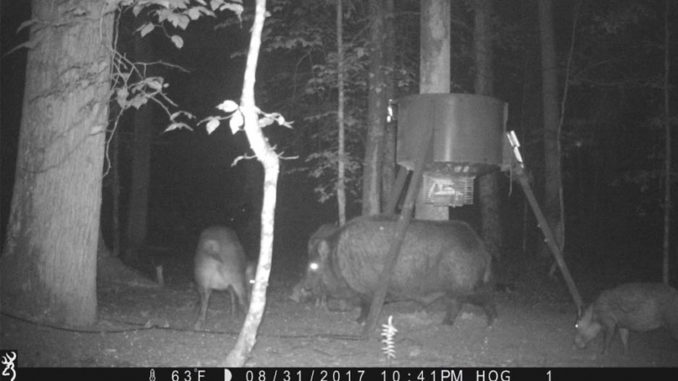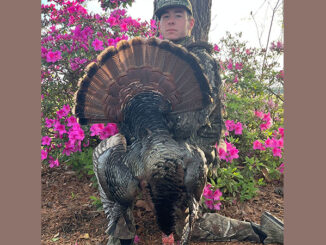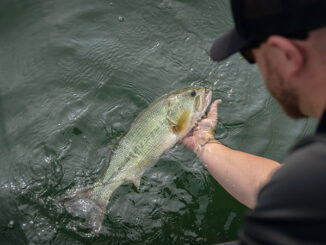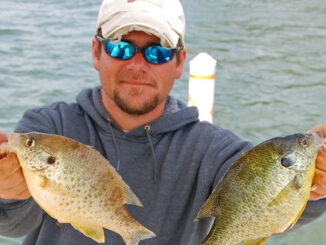
Trail cameras provide more data than most hunters utilize
Trail cameras have become invaluable tools for hunters. They’ve probably helped just about every consumer that’s ever purchased one. Their use has exploded over the years. And it is easy to see why. Thousands of hunters have successfully used trail cameras to pattern animals to target on their hunts.
But I believe there is much more data that is collected by today’s trail cameras that a lot of hunters are not paying attention to. A trail camera photo shows much more than the size of the animal and its location. Here is some forgotten or unnoticed data that slips by most of today’s trail camera users. This is data that I use to stay on game all year long.
How many days after baiting?
In areas that allow baiting, and definitely in areas with wild hogs, the number one bit of data I see most hunters missing is how many days after baiting does your targeted game come to your camera?
The reason I believe hunters miss this is because in every location, this data is different. In one location, deer or hogs may come hours after a hunter pours new bait. In another, it may be days. Knowing this information on all of your stands is key to getting on your targeted game quickly and efficiently.
I often have clients coming into town from hundreds of miles away. So I need to know how many days before they arrive do I bait my areas to maximize my hunter’s chances of success. I literally pour my bait out so that my camera can take a picture on the new card I put in when checking cards. This way, I have no doubt when I baited and how long it took the targeted animals to come to the new bait.
Pressured land often takes longer for the animals to come to newly baited areas. ATVs riding right up to the bait alerts animals bedded close by. All of these factors determine how soon wise animals will hit your area. Take note of these situations and gather that data for higher success.
How many days after shooting?
Another bit of data I gather from my cameras that I believe others miss, is how long after one animal is taken off a spot do other targeted animals return? Hogs are the main subject of this data. But I have used this on deer also. I have put archery hunters onto deer spots that dry up after one missed shot, never to see a daylight photo again for the season.
In other spots, deer come back in the daylight in a certain time frame. This data is key year-to-year for deer, week-to-week for hogs. If a spot shows zero daylight photos of deer after a shot during one season, I am very picky on what is harvested there in future seasons. I specifically know of two such spots that produce each year, but it’s one-and-done for both spots.
I pattern hogs on this data all the time myself so that I know when to hit a spot again. This information is key in staying on top of the hog numbers in an area. Key in on this information for hogs, and you can almost start to predict when they will come back. Take notes on baiting days and shots taken, and you will put each spot’s pattern together pretty quickly.
Don’t overlook mating activity
Cameras tell a story sometimes. We all post that one picture of a buck or big hog, but one thing I look for when I get a trophy on one of my cameras is the whole set of pictures on that SD card. A female right before the trophy picture that keeps getting pushed off of a baited area could mean mating or rut activity.
When I see a certain doe or sow being pushed off bait, then she returns, only to be pushed off again by the trophy hog or buck, I know what I am dealing with. This is clearly a mating situation. That set of pictures is telling the story. And if you want to take this trophy animal, you need to be able to pick up on that story quickly. Watch for those situations, and take action accordingly.
As you can see, trail cameras sometimes tell us more than we pick up on right away. Just like an investigator from CSI breaks down footage or photos to crack a big case, we as hunters have more information than we know right there on our cameras. The data is there to bag that trophy — we just need to pay attention to it.




Be the first to comment